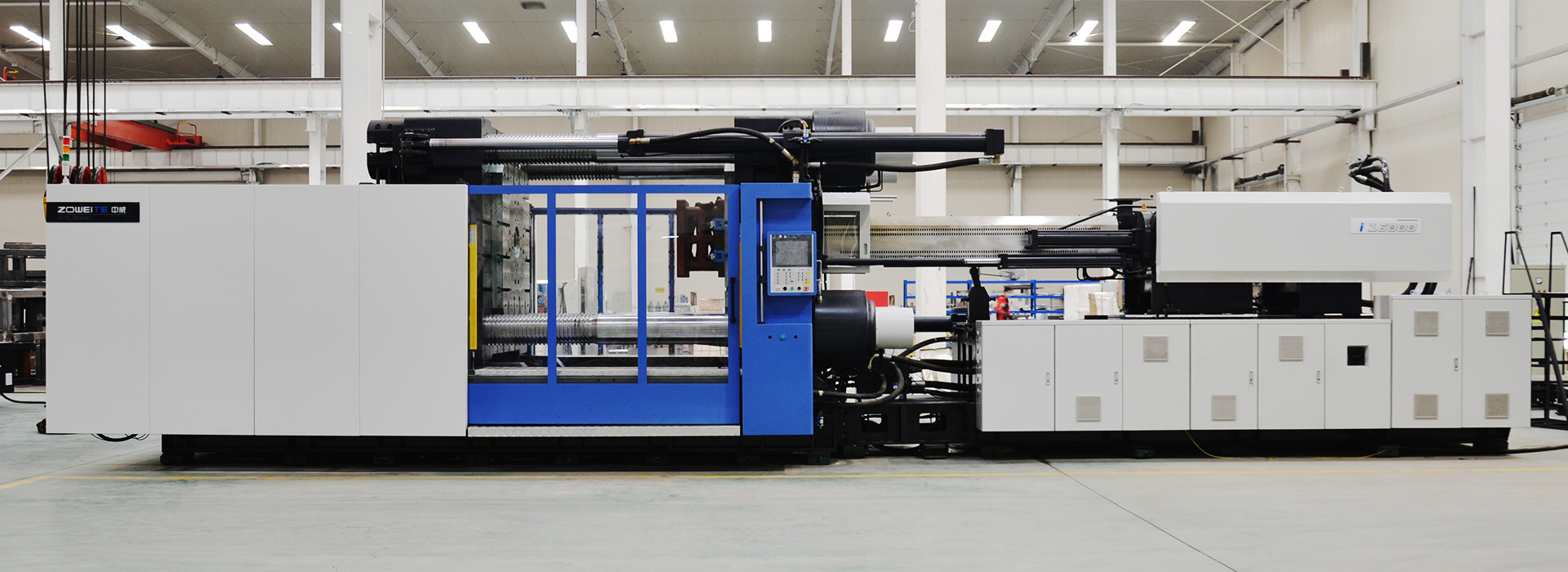What are the injection molding processes that affect the strength of injection parts?
2023-09-15
The strength of injection-molded parts depend on a variety of factors including the choice of materials, injection molding process parameters, mold design, and the post-processing techniques used. In this article, we will discuss the injection molding processes that affect the strength of injection parts.
The choice of materials is one of the most important factors that determine the strength of injection-molded parts. Different materials have different mechanical properties such as tensile strength, impact resistance, and flexibility. For example, Nylon has excellent strength and stiffness, making it suitable for applications that require high mechanical performance. In contrast, Polypropylene has good chemical resistance and is lightweight, making it a preferred choice for packaging applications.
Injection molding process parameters such as injection speed, pressure, cooling time, and temperature play a vital role in the strength of injection parts. Injection speed is the rate at which the molten plastic is injected into the mold. High injection speeds can result in more shear stress on the plastic, leading to reduced strength. Pressure is the force applied to the plastic during the injection stage. Higher pressures can lead to higher packing densities and better part strength. Cooling time and temperature affect the rate at which the plastic solidifies, and the retention of molecular orientation in the part.
Mold design is another crucial factor that influences the strength of injection-molded parts. The complexity of the part geometry and the choice of gate locations can impact the flow patterns of the molten plastic. Properly designed molds with optimal gate locations can minimize stresses and warpage in the parts, resulting in better mechanical properties.
Post-processing techniques like annealing or stress relieving can also improve the strength of injection-molded parts. Annealing is the process of heating the part above its glass transition temperature and then gradually cooling it to relieve internal stresses. Stress relieving involves the application of heat and pressure to the part to reduce residual stresses and improve strength.
In conclusion, the strength of injection-molded parts depends on a variety of factors that include material choice, injection molding process parameters, mold design, and post-processing techniques. Manufacturers need to optimize these variables to achieve the desired mechanical properties for their injection-molded parts.




